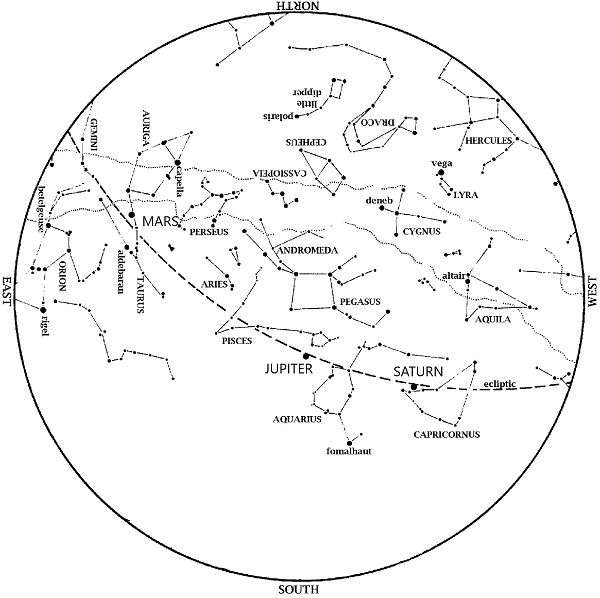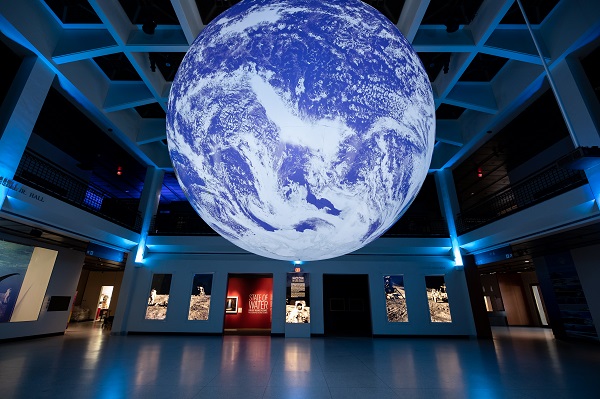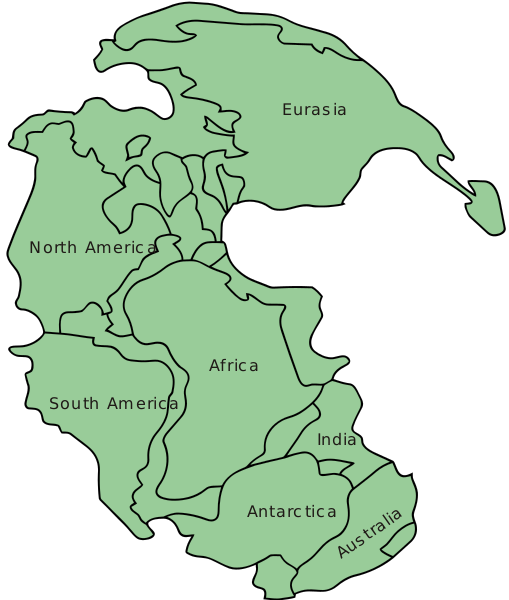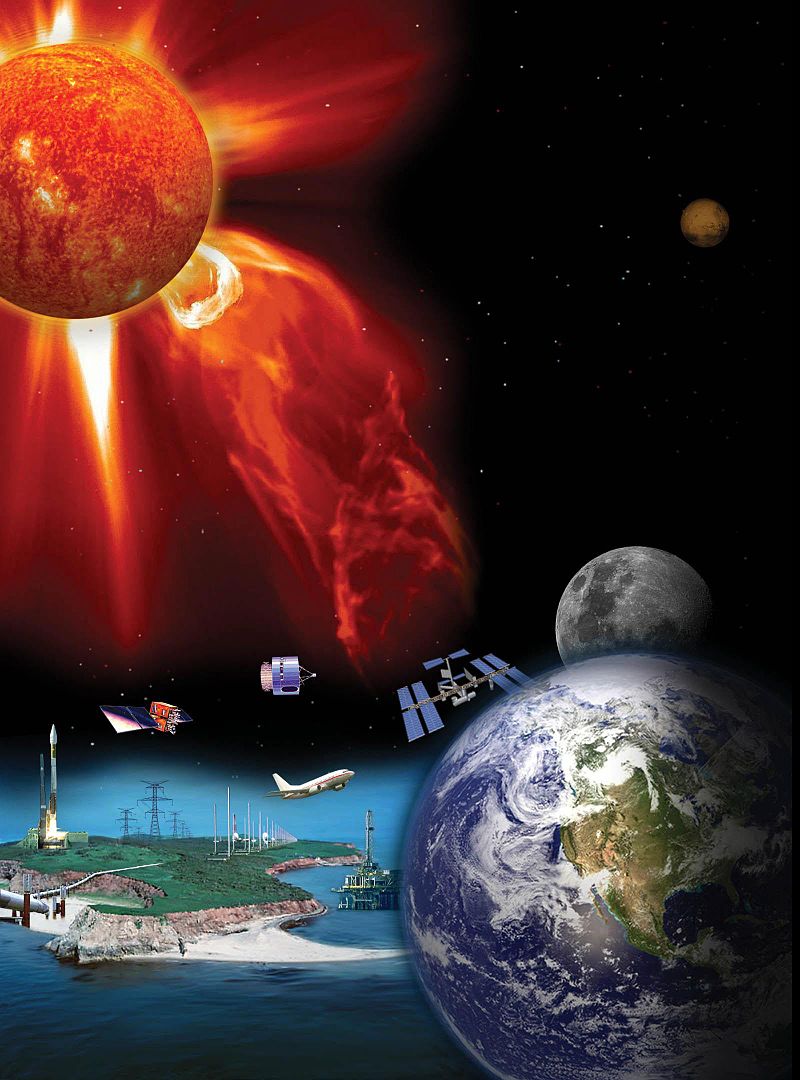
Photo by NASA
From the core to the crust, the Earth is a pretty big deal. It has a diameter of about 6,400 km, and it is made of various layers that help change the surface of the earth. These layers are defined by either what they are made of or how they move. When we look at the chemical composition of each layer, we are defining them as compositional layers. The compositional layers are the crust, the mantle and the core. When we look at the mechanical properties of the layers, we are defining them as the mechanical layers. The five mechanical layers are the lithosphere, the asthenosphere, the mesosphere, the inner core and the outer core. Although we only see the outermost layer of the earth, we have learned a lot about the layers underneath by looking at seismic waves and various rocks at the surface.
The three compositional layers of the earth are defined by significant changes in chemical composition. The outermost layer is the crust. It is the thinnest layer making up only about 1 percent of the earth. The crust is mostly made of elements like silicon (Si), aluminum (Al), potassium (K), calcium (Ca), oxygen (O), sodium (Na) and minerals made of these elements. The crust can be subdivided into two types – oceanic crust and continental crust. Oceanic crust tends to be thinner (approx. 5-10km thick) than continental crust and younger too! Continental crust is on average 30 km thick, and contains the oldest rocks and minerals. Both types of crust cover the entire outer portion of the earth. Below the crust lies the mantle (approximately 2,890 km thick.) The mantle is made of silicon (Si) and oxygen (O) like the crust, but it also contains large amounts of iron (Fe) and magnesium (Mg). The final compositional layer of the earth is the core (approx.3,480 km thick). The core is made of iron (Fe) and nickel (Ni). It is under intense pressure and high temperatures, and it is the densest layer of the earth. Although these layers may share common elements, the contents differ enough to create the distinct layers.
The five mechanical layers of the earth are defined by how the layers move. The layers can be described as rigid, plastic or liquid in consistency. The outermost mechanical layer is the lithosphere. The lithosphere is rigid, and it includes the crust and the uppermost part of the mantle. The lithosphere is divided into the tectonic plates, areas of continental crust and/or oceanic crust that move and shift over time. The tectonic plates of the lithosphere move and shift on the plastic layer called the asthenosphere. The asthenosphere is under more pressure than the lithosphere and has a higher temperature. It is considered plastic because the rock has the ability to flow more than a rigid layer, but not as easily as a liquid layer. The rock in the asthenosphere could melt if exposed to the surface, but it is under extreme pressure causing it to flow like a plastic. The mesosphere is the layer below the asthenosphere. The mesosphere is hotter than the asthenosphere, but it is rigid because it is experiencing more pressure than the layers above. The last mechanical layers of the earth are found in the core. The core is split into the outer core and the inner core because the two layers differ in rigidity. The outer core is liquid iron (Fe) and nickel (Ni). The flow of the outer core creates and sustains the earth’s magnetic field. Unlike the outer core, the inner core is solid. The inner core is made from mostly iron (Fe), but it can also contain nickel (Ni) and traces of precious elements like gold (Au). It is extremely hot, and under extreme pressure from the layers of the earth and atmosphere around it. All of these layers work together to make our dynamic earth!
Create a foldable Earth with the activity below to teach students about the various layers of the earth. To learn how the asthenosphere moves tectonic plates or learn about the natural disasters caused by that movement, check out our new Earth Science on Wheels topic Dynamic Earth!

This project models two different ways to understand the layers of the earth. It addresses the compositional layers of the earth, and the mechanical layers of the earth.
Materials:
- • Layers of the Earth templates (1 per student)
- Construction paper for background
- Scissors
- Glue
- Pencils
- Colored pencils or crayons

Procedure:
- Pass out template to each student.
- Instruct students to cut out the Earth. Once they have cut the outside, tell them to cut along the dashed line that says “cut here.”
- Next, fold along the “Fold line.” Then, set the Earth aside.
- Now, tell students to cut out the quarter circle labeled A. This will represent the mechanical layers of the earth.
- Invite students to color each of the areas in the quarter circle a different color starting from the inside:
- Yellow – inner corre
- Orange – outer core
- Red – mesosphere
- Pink – asthenosphere
- Purple – lithosphere

- Have students set aside the mechanical layers (A.) for now
- Instruct students to cut out the second quarter circle (B.) from the template sheet. These will represent the compositional layers of the earth. Invite students to color each of the sections a different color:
- Yellow – core
- Red – mantle
- Brown – crust
- Have students set aside the compositional layers (B.) for now
- Instruct students to glue the earth, to the background paper. Remind them to not glue down the flap.
- Tell students to place the mechanical layers (A.) on the background paper underneath the flap and glue it to the paper.
- They should then take the quarter circle that represents the compositional layers (B.), and place it on the backside of the flap of the Earth. Then, carefully glue it to the back of the flap.
- Once completed, show students how to flip up the flap and see the mechanical layers on the background page and the compositional layers on the back of the flap. Students can add notes to the layers to help them learn what the layers do!







